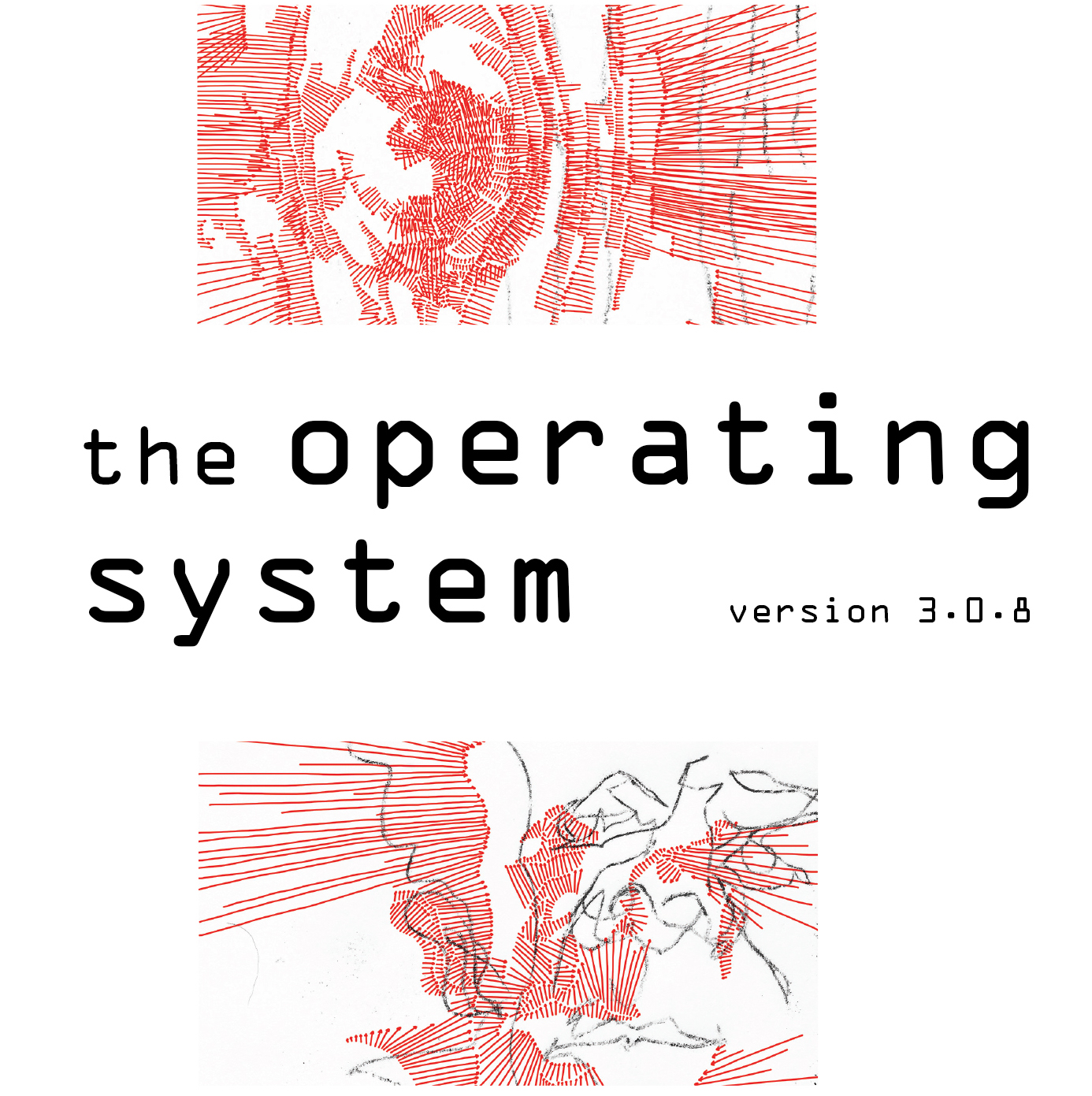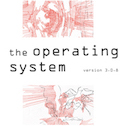ART :: REFLECTIONS : COLLAGE AND (DE)CONSTRUCTION :: Caits Meissner in Workshop at the Brooklyn Museum
Caits Meissner, always inspiring poet-artist-educator-activist-friend, recently led a collage workshop at the Brooklyn Museum in coordination with the Mickalene Thomas exhibition, Origin of the Universe, [on view through January 20th, 2013]. Here she reflects on her experience as teaching artist in this public, diverse setting — the result is inspirational, educational process dialogue that we can all benefit from as Caits traverses questions of art making, community, and identity. This piece is cross-posted at her blog, How to Fly Without Leaving the Ground. All images here were shot by Meissner-Chiriga onsite and depict participants in the workshop and their creative efforts.
 I walked into the Brooklyn Museum apprehensive. Here I am, a young white woman teaching an adult workshop based on black, lesbian artist Mickalene Thomas’s provocative work through the college medium. In planning, I took a decidedly bold route. No matter the make up of the mysterious audience, we were going in- deeply in- on the landscape of the body: race, gender, sexuality, size, class. The packets developed touched hot buttons, the intention was risky given the two hour time period. If we didn’t create a safe space within the first few minutes, I knew the workshop was doomed. It was a tall challenge, and one I’d willingly created. Sink or swim. Part of it meant acknowledging myself within the space, having the language to carefully connect the dots between experiences, fully aware that a large part of my own identity is easily “wipeable.” I can take out my piercings and grow out my hair. The body I was born in, by nature, robbed of chosen adornment, is one that inherently holds immense privilege and access.
I walked into the Brooklyn Museum apprehensive. Here I am, a young white woman teaching an adult workshop based on black, lesbian artist Mickalene Thomas’s provocative work through the college medium. In planning, I took a decidedly bold route. No matter the make up of the mysterious audience, we were going in- deeply in- on the landscape of the body: race, gender, sexuality, size, class. The packets developed touched hot buttons, the intention was risky given the two hour time period. If we didn’t create a safe space within the first few minutes, I knew the workshop was doomed. It was a tall challenge, and one I’d willingly created. Sink or swim. Part of it meant acknowledging myself within the space, having the language to carefully connect the dots between experiences, fully aware that a large part of my own identity is easily “wipeable.” I can take out my piercings and grow out my hair. The body I was born in, by nature, robbed of chosen adornment, is one that inherently holds immense privilege and access.

As the room trickled in, there was a wide landscape. Mostly women, ages ranging from 20’s to 80’s. There were white women, black women, mixed race women, Asian women, and one lone white man. I took a deep breath in and prepared for shock waves, should there be resistance to the lesson. We began with a brief tour of the exhibition. Luckily, Mickalene’s work is a sincere conversation starter. Nude women of color lounging, surrounded by layers of visual references and cultural patterning, boldly challenging the artistic landscape once dominated by white men. It would be a travesty not to discuss the implications of her work and here, underneath these sparkling, layered banners, we dove in.

After gathering reactions to the pieces, the participants were challenged in dialogue to share moments where the body defined them, against will. I acknowledged that we were traversing an uncomfortable journey. Often we visit these spaces after time and trust is built, but today, we were throwing the proverbial frog in the pot of hot water. This is the place the best content comes from, the space of wiggling in discomfort, the willingness to break open. The room was still until one brave woman raised her hand.
To my surprise and delight, all shades of stories quickly arose, one after the other, uninhibited: hair as a cultural symbol across ethic landscapes, the cross section of sensuality and spirituality, elder black woman as exaggerated maternal figure, the fear of being over sexualized as a barrier to claiming full femininity, terribly ageist stereotypes. As each party shared, the room grew closer, with a quickness I’ve never witnessed, ready to open as a large diasporic unit, the full rainbow stretching in its bright glory. I eased into the openness of the space. We deconstructed the packet, looking for places to insert our opinions into the pieces we were about the create. I charged the room with taking a stereotype and illuminating, exaggerating, exploiting or “flipping” it. The entry point: the silhouette. Pick one silhouette to base the piece around, and build the landscape around it. Guiding questions helped participants find their voice, some used the tools and some discarded them to the side. All was welcome, whatever way the work came.

While participants gathered colored, textured and patterned paper and began furiously cutting and pasting, I sat individually with each to learn about their pieces, offer references and mostly, learn. What came out was soul-moving. I rediscovered that given the tools and the motivation, most individuals are wildly creative, artists by virtue of being alive, with defenses down and passion up. I sat with an 84 year old white woman who expressed finding the freedom to be herself in her elder years. She loves the space to stretch her identity, and wonders why our culture doesn’t find value in growing up. In her spirit, there is so much to celebrate, exhibited visually through her fabulous leopard print mini skirt. She expressed this on paper through a self portrait- a woman built of animal prints and electric hair, shooting our in every direction, a vibrancy often ascribed solely to youth. I am not afraid, I told her, I cannot wait to reach your age and claim every bone in my body with the same vigor that you express.

At her table sat an older black woman, recently retired, coming into her prime. Her piece depicted a similar figure- wild and free- on the shore of an ocean. There was a woman my age with long red hair creating a piece about celebrating her round belly as the source of her joy- the place food and wine is enjoyed, where her children arrived from. Kameelah, quietly exploring her natural artistic leanings towards collage, laying bars and blinds over images, exploring ideas of what we see, what is covered and uncovered.

At other tables: the stereotype of obese Americans, self portraits layered and explosive, a two time breast cancer survivor reclaiming all her texture, the big foot of the patriarchy stomping out the “small meek” woman, the dancing figure releasing herself from the maternal chains that tell a woman she needs to be a mother to be of worth. A woman my mothers age, skin deep and rich, rejected the stereotype of the strong, Amazonian black woman. “We are not one dimensional, she told me, “We are layered and human and vulnerable. To take the world on our shoulders this way is not just dangerous, it is death. Death.”
Each piece so deeply personal. Each participant so willing to share and explore.

Two of the deepest interactions that arose during our two hours together happened without warning, a shock to the heart so profound I wouldn’t have been able to ask for them in advance. I sat next to a woman, and as I asked about the landscape she was layering, pieces of brick and concrete across the Bristol board, she began to cry. “People always think I am strong,” she shares, “But I need to embrace my vulnerable side.” I took her hand in mine and shared that I, too, cried this morning. We sat there, strangers hand in hand for a moment, before she returned to her piece. Placed on top, she pasted a large illustration of a human heart she’d brought from home.
At the next table, the lone man sat, not a word the entire workshop, graphically collaging together a wonderful, sharp image of a man with a transparent green shirt on. Through the paper lived a perfect, enormous red heart. Not wanting to interrupt his focus, I spoke to his lovely wife, who willingly shared so much I began taking notes. Her kitchen is a full collage. She is so overly inspired it is a burden. “We are kindred spirits,” she tells me, and I laugh in recognition. Overly inspired is certainly the truth.

As the conversation lulled, her husband raised his head to meet my gaze with his bright blue eyes for the first time all afternoon. “When I saw the packet, just like you said, I was very uncomfortable. I didn’t see myself there. I wasn’t sure I’d like being here. And then, as everyone talked, I began to see where I fit in. And then I started to make this- what we see on the outside often hides the inside.” I looked again at the perfect red heart, nearly bursting out of the chest of this cartoon man. “I see,” I said, a spark running through me, “you’ve more than discovered it, you’ve hit it square on the head.”
___________________________________________________________________________________________
In both her creative output and her service to the community, Caits is a model awesome creator, and has been a consistent friend, supporter, and participant the Exit Strata community for some time — she’s been posting daily haikus online in our virtual community’s 3rd Annual Haiku Month celebration, and wrote this terrific piece on poet Adam Falkner for our Poets on Poets: Inspiration, Community, Tradition series for Poetry Month. She co-produced and published the terrific The Letter All Your Friends Have Written You, available in print and audiobook editions, with Poet and Designer Tishon Woolcock, in early 2012.


